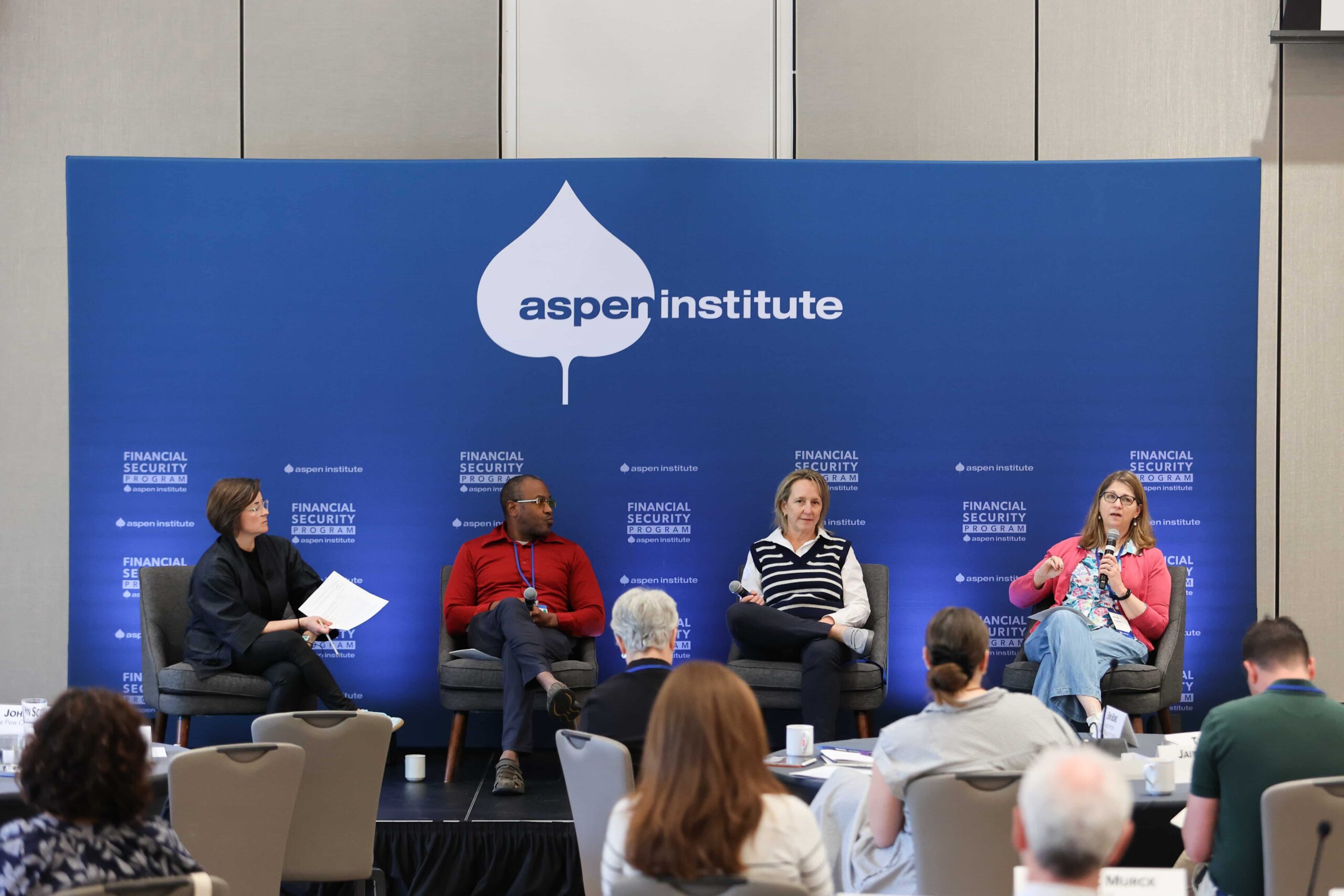Guardrails Without Roadblocks: How to Close the Consumer Choice Gap in Retirement Planning


“How does my 401(k) fit into my overall financial plan? What about other types of accounts, or Social Security, or my spouse’s 401(k)?”
These aren’t hypothetical questions—they’re real, everyday decisions that workers of all income levels face. In some cases, workers turn to their employer’s retirement plan for help. Increasingly, workers turn outside their plan for answers, whether to a financial adviser, online resources, or a digital planning tool. As the retirement landscape grows more complex—with more options, platforms, and decisions competing for attention—it’s more important than ever for policymakers and industry leaders to protect workers’ freedom to chart their own financial journey. The goal should be to provide guardrails and safeguards that guide savers safely to be able to retire with confidence, without adding roadblocks, detours, or unnecessary complications along the way.
Retirement plans in the United States began with a promise: Employers and other plan sponsors would shoulder the responsibility of providing retirement savings for their workers through defined benefit (DB) plans, with pensions that guaranteed a set payout in retirement. Employers and plan fiduciaries bore the investment and funding risks, and the rules governing these plans were designed to protect participants from mismanagement or broken promises. Workers had confidence they could retire without fearing financial hardship.
Over time, however, the landscape shifted. As 401(k) and other defined contribution plans became the dominant model, many of the decisions moved from the plan fiduciary to the worker. While plan fiduciaries remained responsible for designing the overall plans and selecting service providers, the overall plan design and service providers, decisions about how much to save, where to invest, and when to withdraw became individual choices for the worker. With that shift came new challenges—how to educate and guide savers to make complex financial decisions.
At first, education and guidance meant pamphlets, informational meetings, summary plan descriptions, and annual paper statements. Over the years, participant education and guidance have evolved to include interactive web-based dashboards, personalized apps, webinars, and other online tools. Then the digital evolution took hold in the late 2000s, and participants began to use the wide range of digital services available to them, including those offered outside the plan. For lower-income participants, that could be a budgeting tool that helps them decide where to allocate their next dollar. For higher-income earners, it could be a financial adviser who manages their entire portfolio, including their 401(k).
As the retirement landscape continues to evolve, we should expect participants to continue to look not just inside the plan, but to outside resources, including independent advisers, integrated planning tools, digital advice, social media, and even AI. To meet this trend, policymakers and industry leaders must recognize that education, guidance and advice, and retirement planning now extend far beyond the plan itself. This is where “guardrails without roadblocks” becomes more than a metaphor or catchphrase; it’s a roadmap for how we must consider modern retirement policy.
This “inside/outside the plan” dynamic is not a new concept. As 401(k) plans dominated the landscape, employers were hesitant about how to manage the dynamic between their fiduciary responsibilities under ERISA and the reality that workers were looking outside of the plan for resources to help them make decisions about their financial futures. To address this uncertainty, the Department of Labor issued Interpretive Bulletin 96-1, clarifying that employers and plan sponsors are not responsible for advice and education participants receive from unaffiliated third parties. Rather than treating outside tools as a policy problem, IB 96-1 recognized it as a practical reality. The question is not whether workers might look outside of their plan for retirement planning; they already do. The question is how to protect savers while preserving their freedom of choice.
A key barrier remains for policymakers and industry leaders to address: how to support participants’ ability to use outside resources. Workplace retirement plans are unlike other financial products in one critical way, in that workers don’t choose their provider. They can’t easily move assets without leaving their job or retiring. This creates a “consumer choice gap” between workplace-based accounts and the rest of a worker’s financial life, where consumers choose where to keep their other financial accounts, or where to look for help, but can’t move their workplace assets along with them. That gap makes holistic planning harder. It also fuels demand for third-party tools that allow participants to integrate retirement decisions with other financial goals. Workers are asking for solutions that treat their finances as a whole, not as disconnected pieces.
The task for policymakers and industry leaders is to set guardrails that protect participants without creating roadblocks that limit their freedom to choose. In moving forward, we should:
As the retirement landscape continues to evolve, the job of policymakers and industry leaders is not to take the wheel from workers, but to make sure the road ahead is safe, clear, and fair. Having seen this system from both inside and outside the government, I know that progress depends on keeping that balance. Only by aligning freedom of choice, innovation, and protection can we secure a stronger future for every saver.
This blog post was contributed by Pontera, a technology platform that enables advisors to manage and rebalance their clients’ retirement accounts, including 401(k)s and 403(b)s, as part of a holistic portfolio.

Many people first hear about the stock market through movies like “The Wolf of Wall Street,” “The Big Short,” or...

I used to love to hitchhike, back when it was respectable, common, and seemed safe, at least to a six-foot...

When it comes to student debt payoff, it pays to get creative. From forgiveness programs, to employer student loan repayment,...